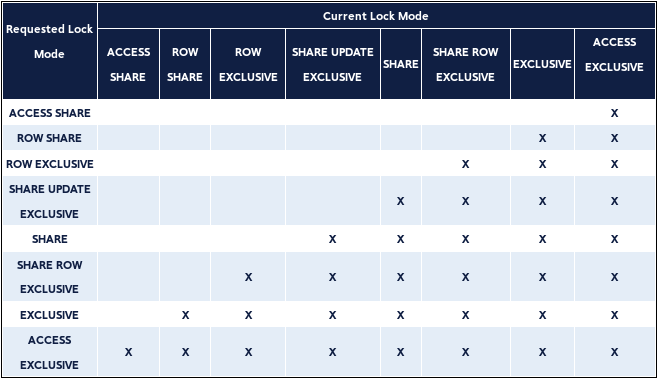

Based on the audit program the organization under audit allocates resources to facilitate the auditor. The control objectives are associated with test plans and those together constitute the audit program. Those control objectives are implemented via management practices that are supposed to be in place in order to achieve control to the extent described by the scope. Control Objectivesīased on the scope, the auditor forms a set of control objectives to be tested by the audit.

This may be the functional/technical specifications, system architecture diagrams or any other information requested. The organization is supposed to provide to the auditor all the necessary background information to help with planning the audit. The scope must be correctly identified beforehand as an early step in the initial planning phase. The scope may cover a special application identified by a specific business activity, such as a financial activity, or the whole IT infrastructure covering system security, data security and so forth. The scope of an audit is dependent on the audit objective. The SOX example is of the former type described above whereas GDPR is of the latter. SOX), or the entire security infrastructure against regulations such as the new EU GDPR regulation which addresses the need for protecting privacy and sets the guidelines for personal data management.
#Postgres deadlock update#
That will also cut down on the update traffic to the content table every time a comment gets added.

If so, consider keeping the cached count somewhere other than the content table- e.g. SELECT 1 FROM content WHERE content.id = 935967 FOR UPDATEĪnother solution is simply to avoid this "cached counts" pattern completely, except where you can prove it is necessary for performance. One solution is to immediately take an exclusive lock on the content row before inserting the comment. Consider the following sequence of events: Txn 27
#Postgres deadlock upgrade#
However, the trigger then goes on to upgrade the lock to EXCLUSIVE, and this can be blocked by a concurrent transaction performing the same process. Merely inserting the comment will take out a SHARE lock on the content row, in order to stop another transaction deleting that row until the first transaction has completed. These are two comments being inserted with the same content_id. UPDATE content SET comments_count = comments_count_var + 1, last_comment_dt = now() WHERE content.id = NEW.content_id ĬREATE TRIGGER increase_comment_counter_trigger AFTER INSERT ON comment FOR EACH ROW EXECUTE PROCEDURE increase_comment_counter() SELECT INTO comments_count_var comments_count FROM content WHERE content.id = NEW.content_id FOR UPDATE 17:21:06 MSK STATEMENT: INSERT INTO comment (user_id, content_id, reply_id, text) VALUES (1756235868, 935967, 11378142, 'text1') RETURNING comment.id Īnd trigger on table comment: CREATE OR REPLACE FUNCTION increase_comment_counter() RETURNS TRIGGER AS $$ PL/pgSQL function "increase_comment_counter" line 5 at SQL statement 17:21:06 MSK CONTEXT: SQL statement "SELECT comments_count FROM content WHERE content.id = NEW.content_id FOR UPDATE" 17:21:06 MSK HINT: See server log for query details. Process 2053 waits for ShareLock on transaction 25162240 blocked by process 2754. 17:21:06 MSK DETAIL: Process 2754 waits for ExclusiveLock on tuple (40224,15) of relation 735493 of database 734745 blocked by process 2053. Log (INSERT sentences is cutted): 17:21:06 MSK ERROR: deadlock detected Sometimes postgresql raise error deadlocks.


 0 kommentar(er)
0 kommentar(er)
